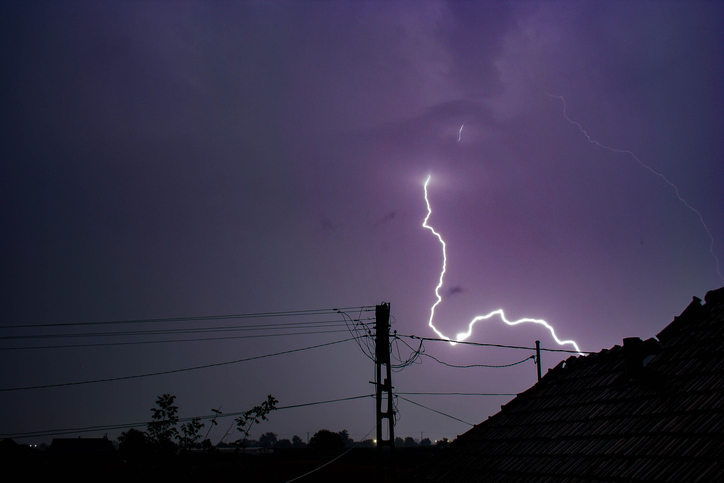Hurricane Season Dos and Don’ts

Hurricane Season Dos and Don’ts
August 8, 2022
We’re still in the midst of hurricane season, and although nothing major has passed through Long Island yet, it can never hurt to be prepared. Whether that’s with an emergency preparedness kit or just remembering some important dos and don’ts for getting through the storm, the more you prepare, the better off you’ll be.
So we’ve got a full breakdown of all the dos and don’ts for before, during, and after these powerful storms!
Dos Before The Hurricane Hits
If you’re aware of a big storm heading your way, take the necessary precautions to plan for its arrival. Do:
- Create an emergency preparedness kit with essential items such as water, batteries, flashlights, medication, First Aid Kit, mobile chargers, important items from home, and a battery-powered radio.
- Be aware of any evacuation routes for your area. Listen to officials if you’re being told to evacuate!
- Fill up on gas for your cars and if you have a gasoline-powered generator.
- Put away any outdoor items that could blow away and create hazardous conditions.
- Turn off your propane tanks.
- Ensure your gutters and downspouts are free of debris and leaves so water can flow easily.
- Add protective layers over your windows to prevent breakage.
- Ensure your home and roof are sealed properly.
Don’ts During The Storm
- Don’t ignore local government evacuation orders, especially if the storm intensifies.
- Don’t run generators indoors or in a closed space.
- Don’t linger near your windows, even if they have been covered.
- Avoid areas in your home where big trees are near.
- Combat any electrocution worry by avoiding electrical equipment.
- Flooding isn’t always gradual — even in a building with a floodplain basement, water can flow in quickly.
- Unless local authorities have deemed the water from the tap safe, try to stick to water bottles.
- Do not go in standing water.
- Try to avoid driving at all costs — it’s important to stay inside.
- Don’t panic. If you plan ahead of time and watch weather announcements and local government statements, you’ll be able to stay updated on the strength and danger of the storm.
Dos After The Storm
- If you lose power for a long time, keep your fridge cold for as long as possible by keeping the doors closed.
- Avoid buildings that smell like gas.
- Watch for any download power lines or structural damage.
- Take pictures for insurance purposes.
- At the first sign of water damage, immediately make the necessary calls to fix this before it leads to long-term mold issues.
- Check your roof and make sure no shingles were damaged during the storm — and if so, ensure you make the right emergency calls to get them repaired.
- Check your siding for any damage — the sooner it’s fixed, the better.
Contact Us Today For Roofing and Siding Services In Norwalk, CT
The best way to up your curb appeal this season is by investing in comprehensive roofing and siding services. The JM Roofing and Siding experts are licensed and insured to serve you in Norwalk, Connecticut, and the surrounding areas. Contact us today for a free estimate!
Recent News
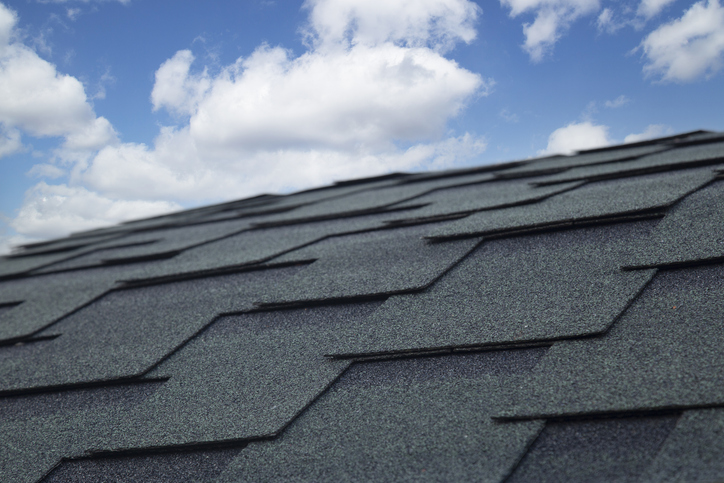
How to Spot Signs Your Asphalt Roof Needs Repairs
July 10, 2025
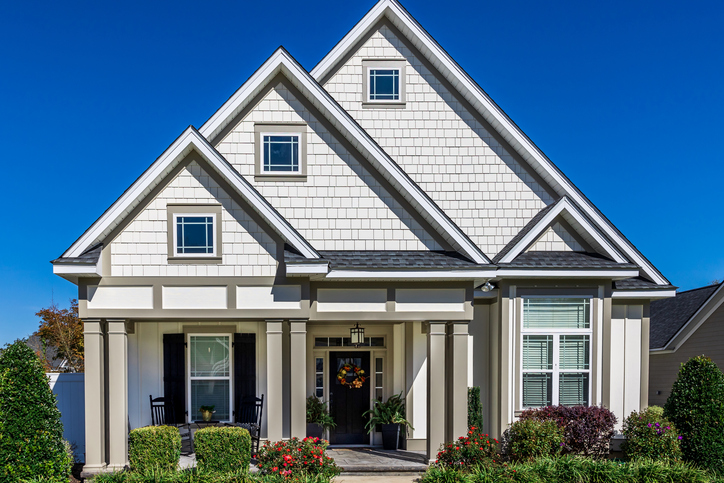
Summer Project Inspiration: Upgrading Your Home’s Exterior
June 27, 2025
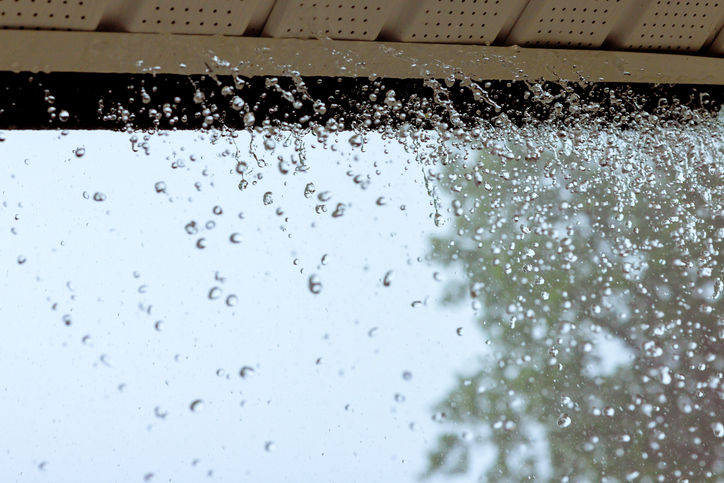
Top 3 Causes of Overflowing Gutters
June 19, 2025
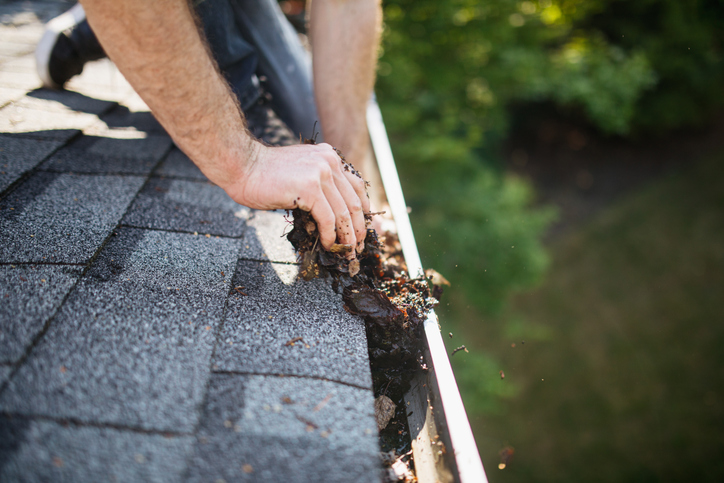
Spring Roof Cleaning Tips to Prepare Your Home for Summer
June 13, 2025
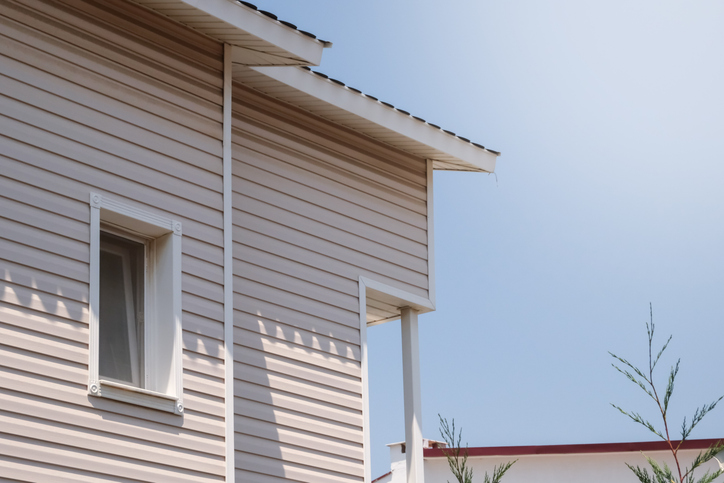
How to Protect Your Siding During Storms
June 9, 2025
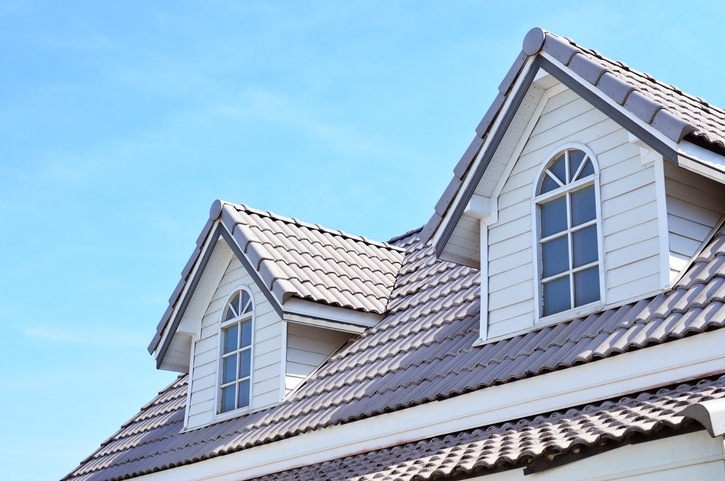
5 Common Roofing Mistakes Homeowners Make in Spring
June 5, 2025
